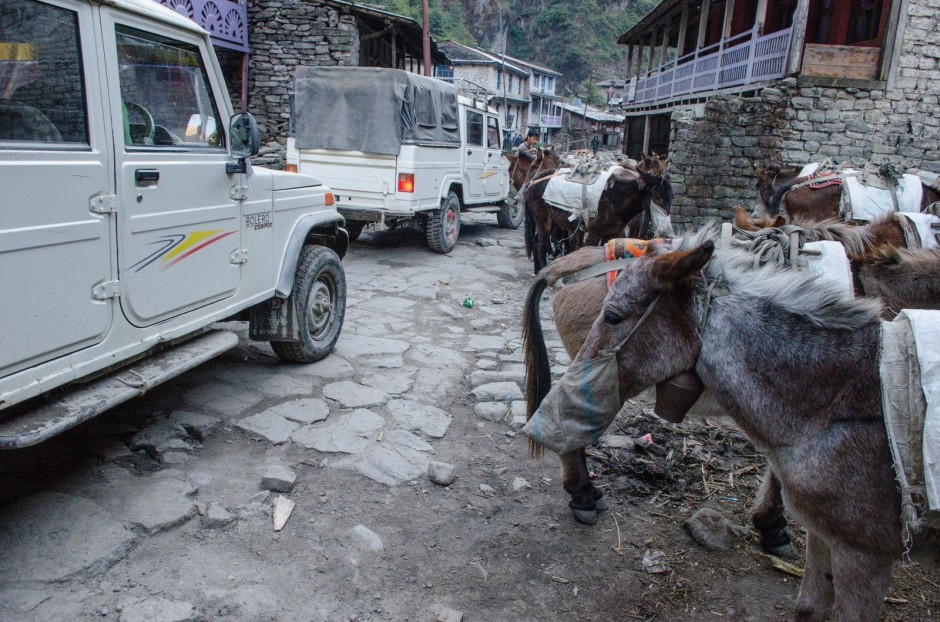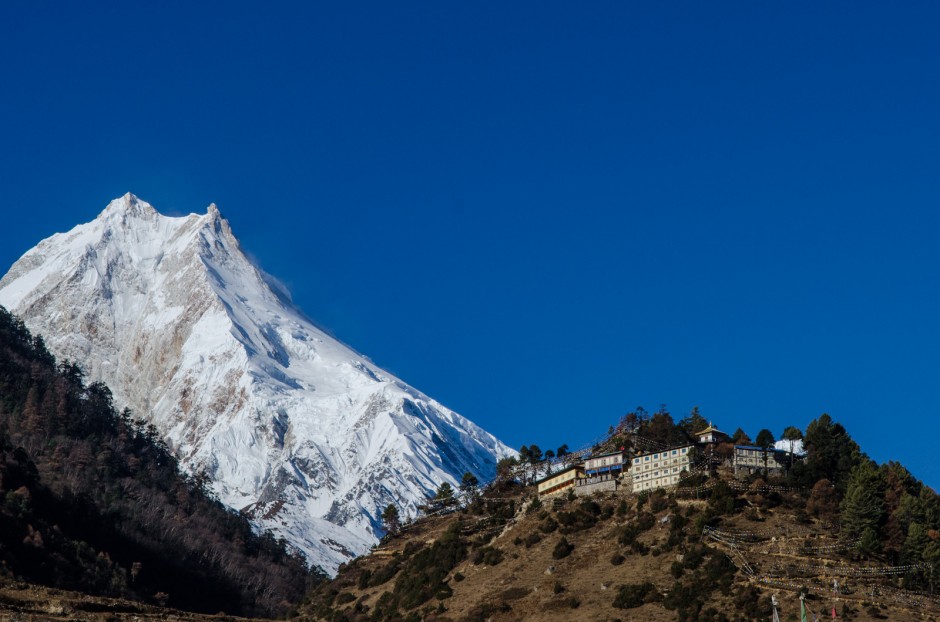STRADDLED BETWEEN THE ANNAPURNA MOUNTAINS and the Langtang Valley lies the comparatively undiscovered Manaslu region. A simple lack of infrastructure and the mild inconvenience of Manaslu’s restricted-area status means the region has been off limits to all but the hardiest of Himalayan trekkers prepared to get kitted out with tents and one week’s supply of food. Because of this, Manaslu has avoided the “touristification” that the other well-known treks have been subjected to.
That may change now. Teahouse accommodation is available along the whole route; accompanied by a compulsory guide, anybody with the correct permits can complete the circuit. Here’s what I leaned while trekking the newest teahouse trail on the Himalayan block.



Intermission
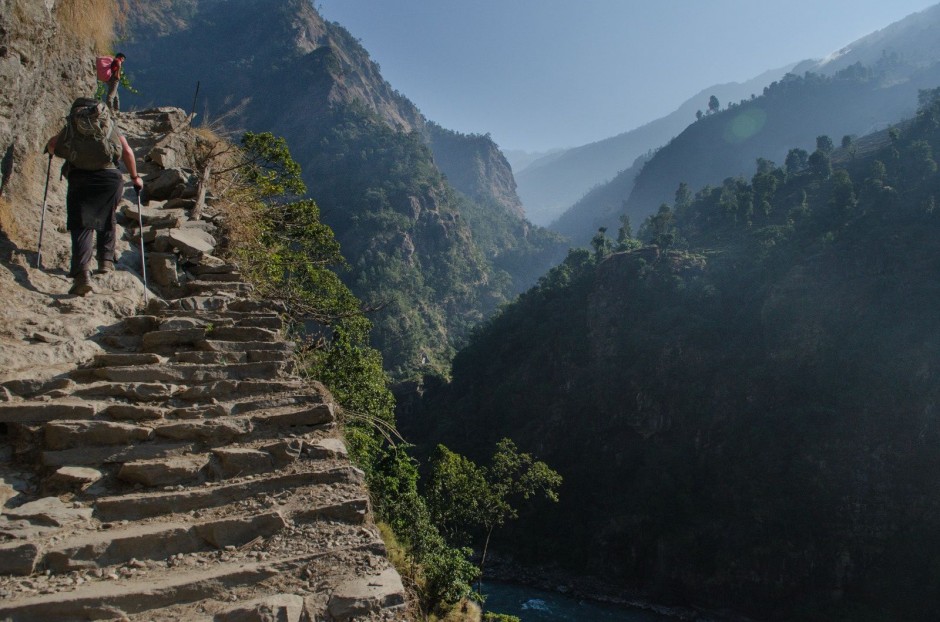

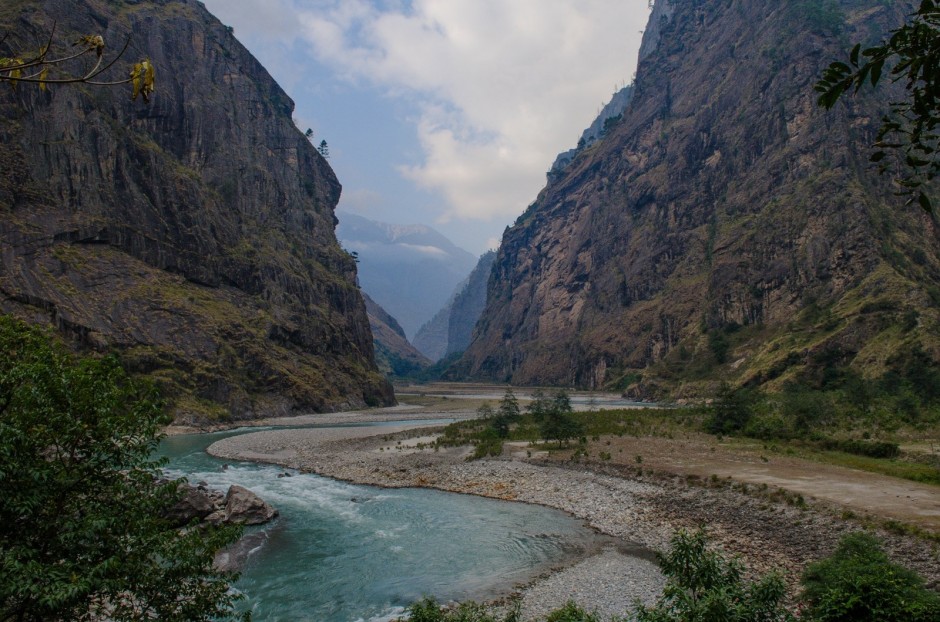

Intermission
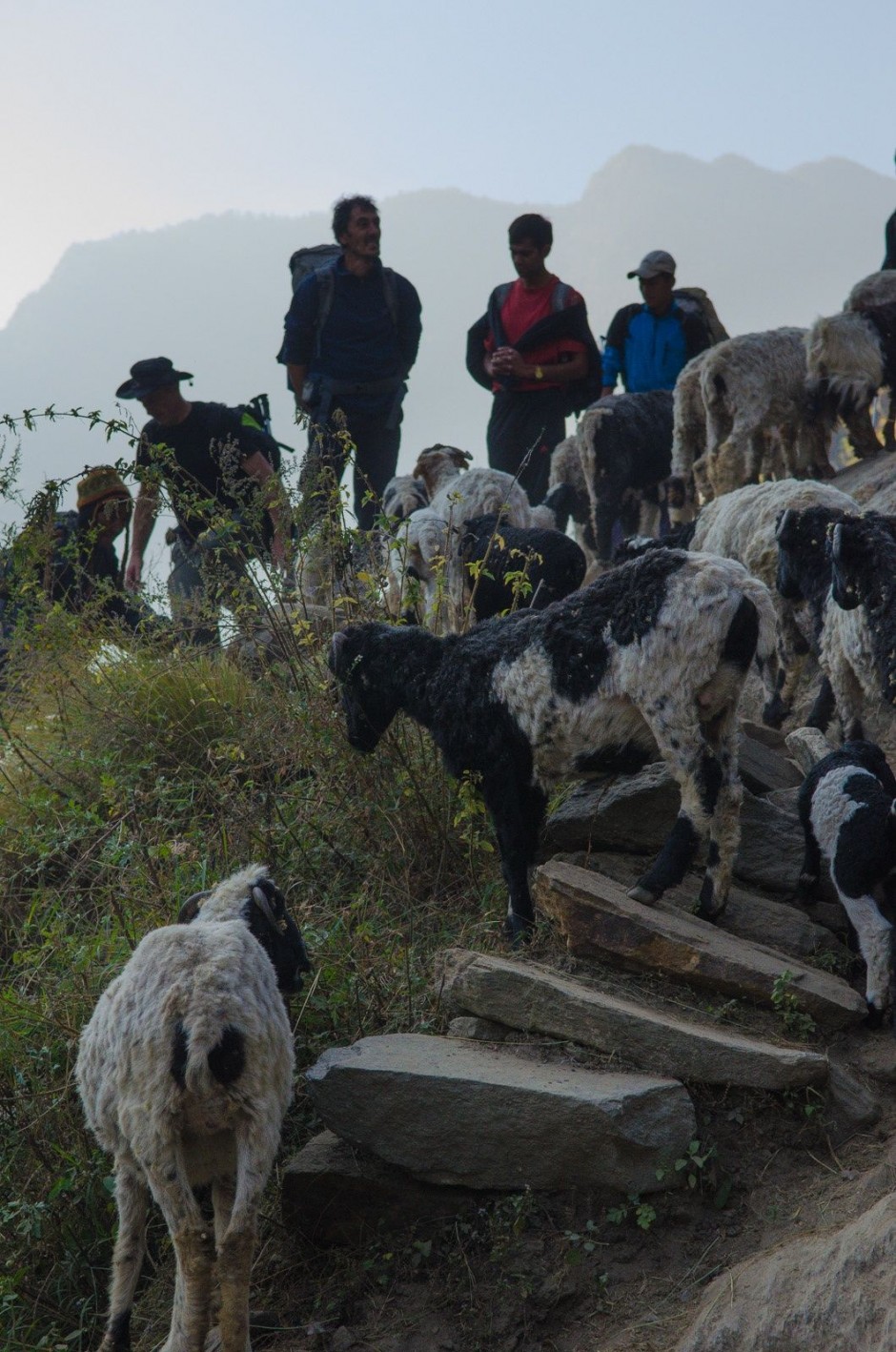

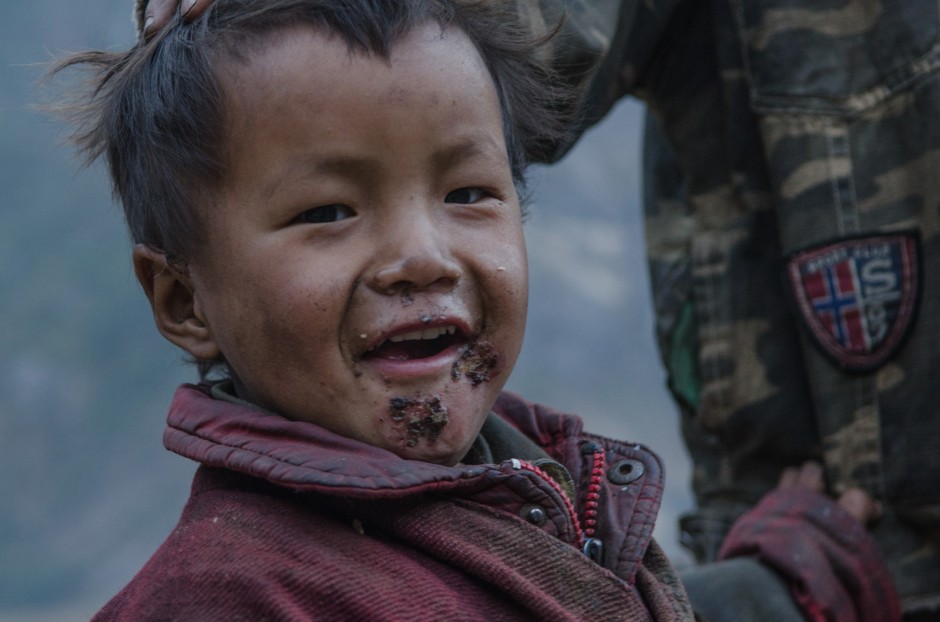
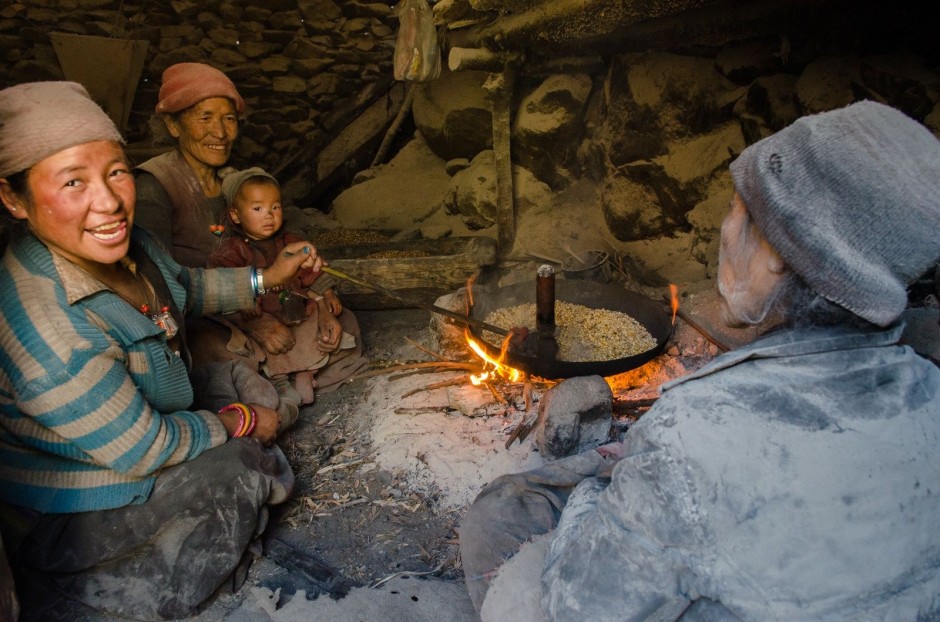
Intermission


